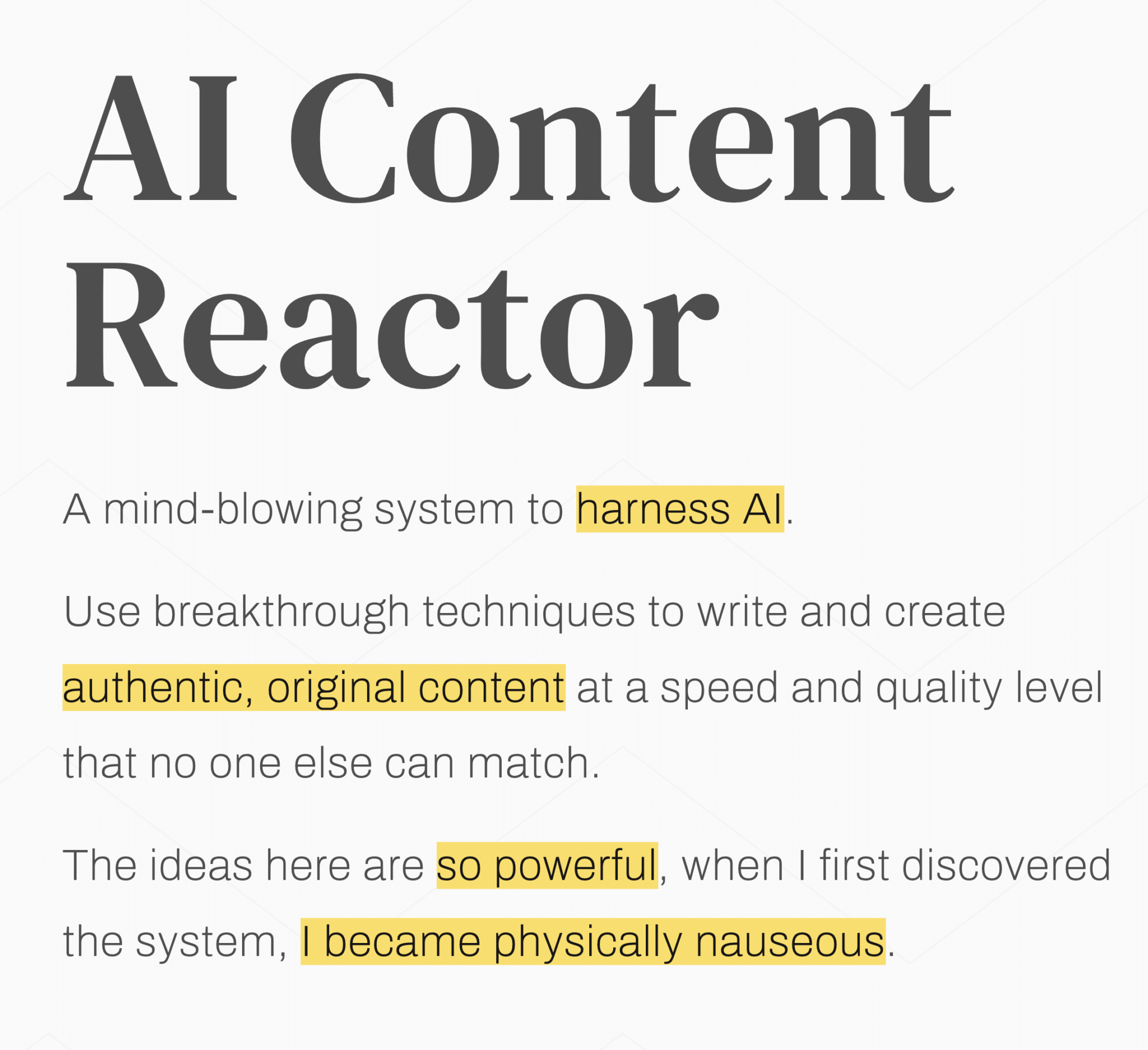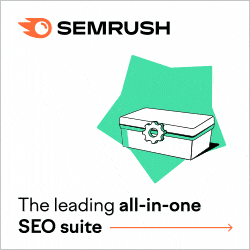Recent truth. A client came to us with a business strategy; their biggest concern was finding a copywriter familiar with the language usage of their target country. While English is a common language, the usage can change drastically from place to place, and copy written without this in mind is very noticeable.
They went through the business plan with us, who they’re targeting, and their goals. “We worked with another copywriter and they just didn’t get the right tone. I think it was because they were American.”
Got it. We understand that – we get many good writers we can’t hire because American English isn’t a first language (and the majority of our clients are American businesses). Our use of grammar is strange to the rest of the world. For this particular client, the concern is that American English is our main language. No surprise there.
No – the surprise came when we looked over the material we were given to work with.
“Hey, who did they say they were targeting again?”
“Agencies.”
“That’s what I thought. This isn’t agency language. This is end-user language.”
Page after page after page of material targeted the wrong market. The problem wasn’t the language; it was the language.
You Can’t Sell a Horse to a Horse
A horse needs many things, but another horse is not one of them. On the other hand, a farmer might actually have use for the animal, or a breeder or… It may be a strange analogy, but it seems just as strange to write marketing material for the wrong user. There’s a huge difference between business-to-consumer and business-to-business relationships; it’s even more important to use the right language.
When you’re targeting the business, you may not use as much information. For example, when we offer our services to other SEO agencies, we’re not going to get into near as much information about the why as we are the what. We’ll use the term SERPs without adding (search engine results pages). To do otherwise could be misconstrued as talking down to the agency.
When you’re targeting the end-user, the consumer, you’re going to use a lot more information about the why. The consumer, not buried in the day-to-day work of an SEO specialist, has a much higher chance of not knowing the why or the what. To do otherwise has a high potential of leaving the client confused and unable to find the value in what we offer.
It’s a fine line, and one that has to be walked carefully.
Good Content, Bad Aim
Good content doesn’t mean much if you’re not writing to your target market. You can write quality content until the cows come home, but if it doesn’t address your clients’ and customers’ needs, it might as well be spam. Okay, maybe that’s a little harsh, but still…
Consider this. When you receive emails to your inbox from companies, how do you define whether to delete, spam or read? It’s all sales, right? The difference is whether you are, or are not, their target market. In other words, whether their product is interesting or not… to you.
Have you ever wondered why businesses continue to stuff the same emails down your throat? Online Pharmacy, Viagra, The truth between meds and quality price… Because they work. Because somewhere out there is someone who wants to know about Viagra, or is looking for an online pharmacy, etc. Because somewhere out there is their target market. They’ve just lumped you in with it; they didn’t focus.
Focus, Focus, Focus
Having a defined target market is extremely important, if nothing else, because you can’t afford to target everybody. That’s too broad of an audience. The dangers of too broad an audience are many, including:
- Consumers will end up looking at price as the highest importance; if you aren’t the cheapest option, you lose.
- There’s a lot of marketing “noise” out there; if you’re shouting to a huge, uninterested group, you’re just adding to the noise. You aren’t actually talking to anyone.
The tighter your focus, the better chance you have of increasing your conversion rate, as well as the ROI of your marketing efforts.
Focus on your current customer base.
Who are they? Men? Women? Moms? Dads? Are the majority in a specific age group with a college education? The highest commonalities in your current customer base are the ones who respond most to your products.
Focus on your customers’ personal brands.
A single mom with three kids might pride herself on being smart with her money. A couple living a life of luxury may pride themselves on the quality of their possessions. The way you brand your product becomes an extension of the image they have of themselves – their personal brand.
Focus on your customers’ language.
Look. Listen. Learn. Because your target market may not be speaking the same language. For example, a web developer’s target market may be using words like “thingamabob” to describe a function of their website. Of course, you aren’t going to use this same terminology in your copy, but this should create awareness that your customer base isn’t as well versed in industry lingo as you are.
Focus on your customers’ needs and wants.
Why are these people buying from you? You are not a unique snowflake; your product is not one of a kind (usually). So what is it about your product that makes it stand out from the rest? How does it address the needs and wants of your customers? How does it ease their lives?
This is what it’s all about, you see – making their lives easier, better, more fulfilling. To the single working Dad pinching pennies and time, an inexpensive bathroom product that makes cleaning a breeze is a win. To the hard working real estate agent, constantly on the go, a cell-phone holder on their car’s dashboard helps them communicate faster, while not inhibiting their hand-to-wheel motions.
You Are Not Your Target Market
One last thing. Your target market? It isn’t you. What you like, what you want, what you need, has no bearing on your market, and it has no bearing on how you market. Don’t let your own biases, likes and dislikes color how you reach out to your customers.
Now that we’ve covered all this marketing goodness, repeat after me: “Target. Market.” Ready! Aim! Fire!
Want to learn more? Discover tricks of the trade to find and segment that market you’ve just targeted.




































5 Responses
Target markets have long held rein over marketing land and are best defined as groups of individuals that are separated by distinguishable and noticeable aspects.
JR,
Very informative post. The content touched on many aspects of knowing who your target is and how to effectively communicate to them. Although it was a strange analogy, “Selling a horse to a horse” really describes the problem that so many people have: Effective Communication
Thanks for the post
This is exactly why I keep coming back and reading up on posts here. Full of content, full of purpose and full of relevant points of view. It’s refreshing to see a company take such a firm line on content, something that will in the end, make or break a website.
I find all too often that content seems to be non-specific, droll and tired. Copied from one website to another, altered slightly to make it relevant to the services offered and bulked up with extra content to seemingly give it more credence.
I’m a great advocate of unique quality content and strive to ensure that all content placed onto any site I do is purposeful and beneficial to what the client is trying to achieve. In other words, targeting their target market effectively.
Here’s hoping that more people will take heed of this advice!
Hi JR,
What a great post. Your points and explanations were fantastic. Maybe you will actually improve some people’s aims toward their target market. So many times we let our likes and dislikes guide our marketing programs and advertising campaigns. Now, I intend to follow your post to the letter!
We appreciate you taking the time to comment, Ann, and we’re glad you found the post helpful.
You’ve summed it up admirably! That’s the problem, and the solution is, as always, to get out of the “circle of I” and into the real world of your target market.
Thanks again for commenting!